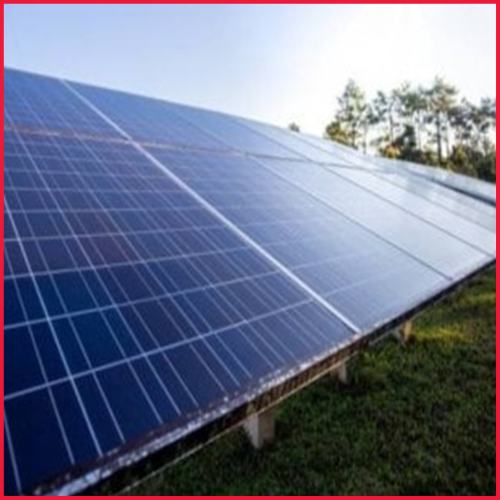The coal power stations had nearly an average of four days’ worth of coal stocked at the end of September 2021.
India is on the verge of an energy crisis as more than half of the coal plants in India are on an alert for going out. The country is swamped with high demand for electricity supply; however, the coal supply is witnessing a substantial shortage.

The coal power stations had nearly an average of four days’ worth of coal stocked at the end of September 2021.
As a consequence of surged demand for electricity and the fact that around 70 percent of electricity produced in the country is generated from coal, India has witnessed fueled spot power rates. Also, as a result, the leftover supplies of the coal fuel are drawn away from a crucial customer base which includes aluminum smelters, steel mills, etc.
India is currently facing challenges, same as China, where it is evidently flooded with electricity demand, especially amid the Covid-19 recovery where industries are reopening. Secondly, the country is falling short on coal in power stations which was dampened this year by rains flooding coal mines and key transport routes.
As reported by Bloomberg, India is left with two choices in order to go away with the energy crisis- either buy available local supply of coal at surged premiums at auctions or step ahead in a seaborne coal market where prices are at the apex.
Considering the scenario of the energy crisis, the central government is framing new measures and guidelines to revive the power stations.
Pranav Master, Infrastructure Advisory at Crisil Ltd. shared that there would be power outages in some areas till the coal supply comes back to normal or stabilizes. He also added that in some parts customers might even be demanded more price in exchange for power supply. Since the coal through imports costs are hitting the ceiling, plants operating on domestic supply “have had to do a lot of heavy lifting.” He said things are expected to get better once the rain subsides. He further informed about the prices consumers would be demanded in future after a few months when distribution utilities will receive green signal to price the supply at a particular rate.














